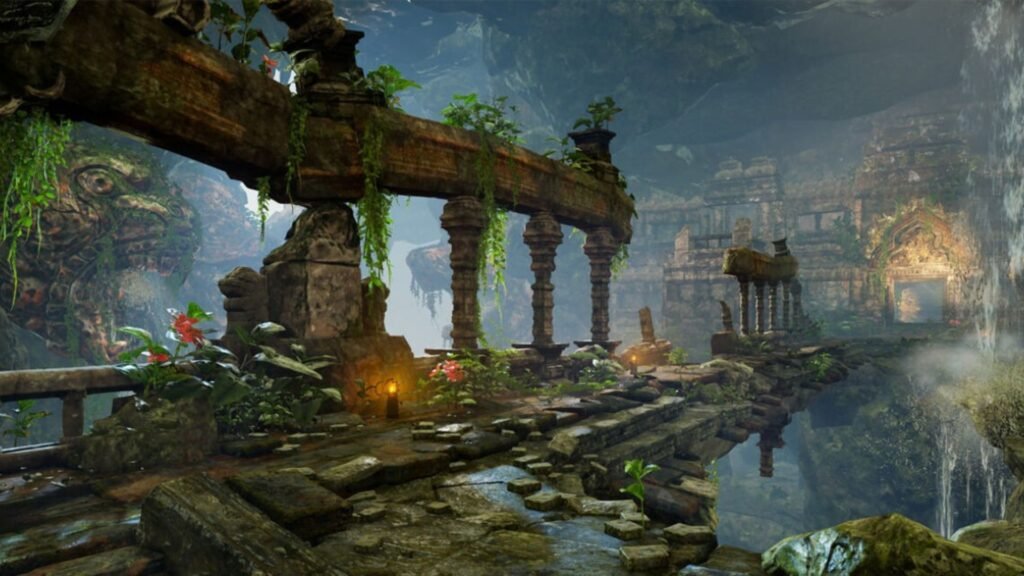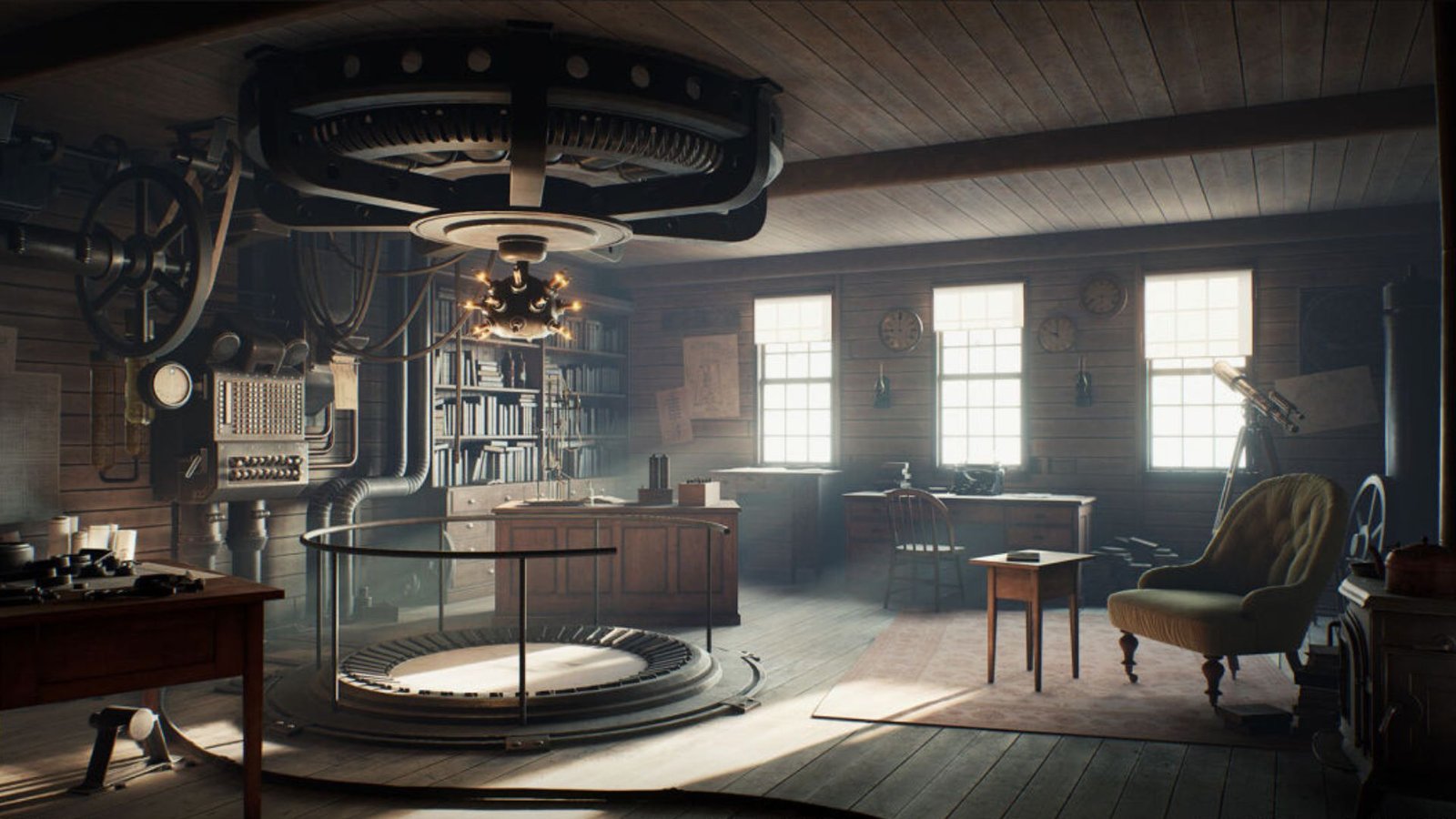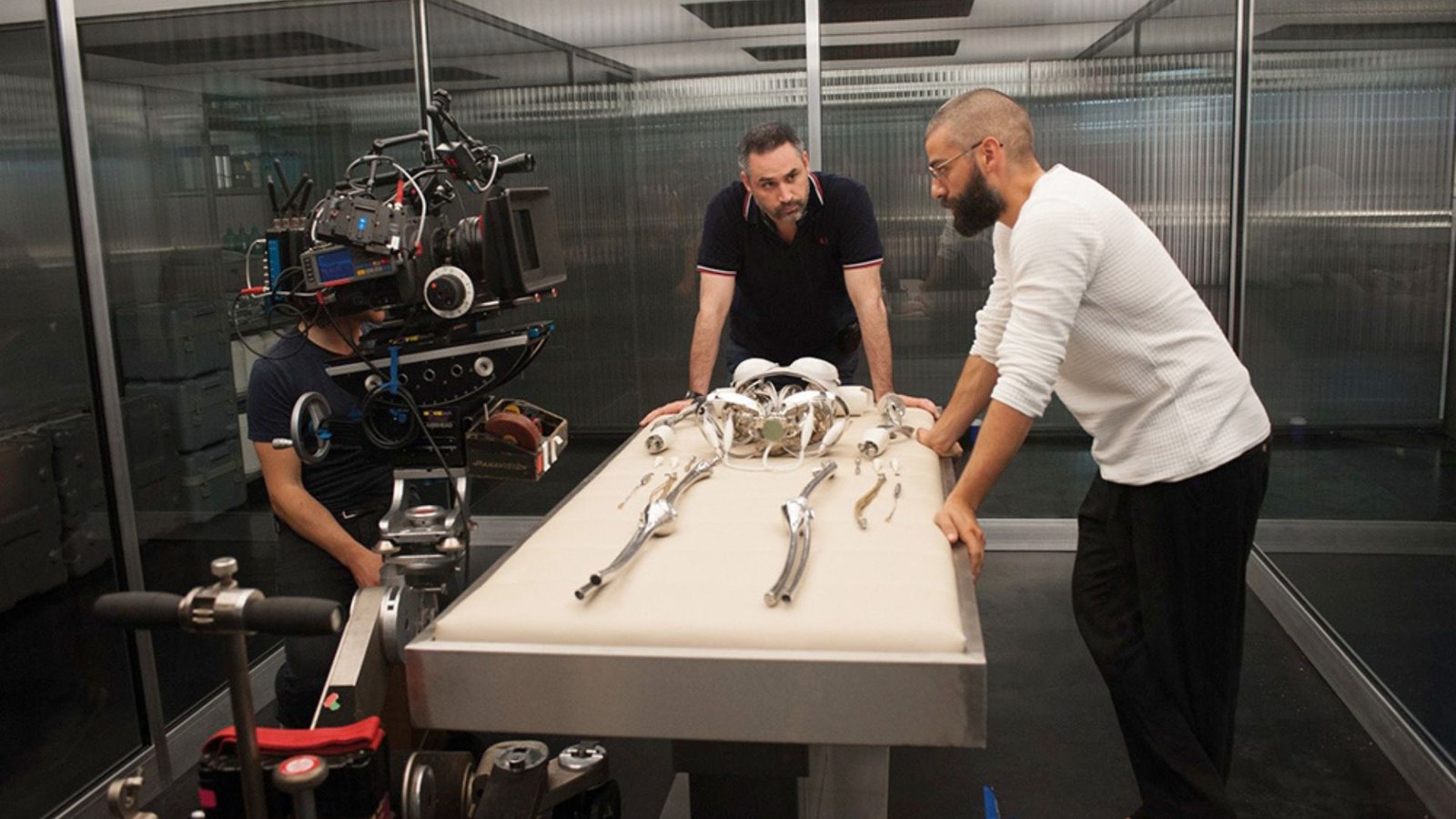Using production design to create realistic environments is a powerful way to enhance storytelling in film and theater. Realistic environments help audiences feel like they are truly part of the world being portrayed. In this blog post, we will explore how production design is used to create these immersive and believable environments, and why it is essential for engaging audiences.

The Role of Production Design in Realism
To start with, production design plays a crucial role in creating realism in environments. Production designers are responsible for designing the sets, props, and overall look of a production. By carefully selecting and arranging these elements, they build environments that look and feel authentic. For example, in a historical drama, production designers might use period-appropriate furniture, decorations, and architectural details to make the setting believable. This attention to detail helps ground the story in a specific time and place, making it more convincing to the audience.
Researching Historical Accuracy
One important aspect of using production design to create realistic environments is researching historical accuracy. For period pieces or historical dramas, accurate research is essential. Designers study historical records, photographs, and artifacts to ensure that their sets and props reflect the time period accurately. This might involve recreating specific architectural styles or using materials that were common in the past. By incorporating these historical details, production designers can transport the audience to another era and enhance the overall realism of the production.
Selecting Authentic Materials and Textures
Another key element in creating realistic environments is selecting authentic materials and textures. Production designers choose materials that not only look realistic but also feel right for the environment. For instance, in a film set in a cozy, rustic cabin, designers might use rough-hewn wood, stone, and natural fabrics to create an authentic atmosphere. By using materials that accurately reflect the setting, designers can make the environment feel more tangible and believable. This attention to material choice helps create a more immersive experience for the audience.
Attention to Detail in Set Design
Attention to detail in set design is crucial for realism. Every element of a set, from the furniture and decorations to the small props, should contribute to the overall look and feel of the environment. Production designers carefully place and arrange these elements to reflect the character and mood of the scene. For example, a cluttered office might have stacks of paperwork, old coffee mugs, and personal items scattered around, while a pristine modern apartment would feature sleek, minimalist furnishings. By focusing on these details, designers create environments that feel lived-in and authentic.
Creating Atmosphere with Lighting
Creating atmosphere with lighting is another important aspect of production design. Lighting can dramatically affect how an environment is perceived and can enhance the realism of a scene. For example, warm, soft lighting might be used to create a cozy, inviting atmosphere, while harsh, cool lighting might be used to evoke a sense of coldness or tension. By carefully choosing and positioning lights, production designers can shape the mood of the environment and make it feel more real. Lighting also helps highlight key details and create visual depth, further contributing to the realism of the environment.
Integrating Technology and Special Effects
Finally, integrating technology and special effects is increasingly important in creating realistic environments. Advances in technology, such as digital effects and 3D modeling, allow designers to build and enhance environments that might be difficult or impossible to create physically. For example, a designer might use CGI to add distant landscapes or intricate details that complement a physical set. Combining practical elements with digital effects helps achieve a high level of realism while also allowing for greater creative freedom. This integration ensures that the environment looks convincing and supports the storytelling.
Conclusion
In conclusion, using production design to create realistic environments involves careful research, authentic material selection, attention to detail, strategic lighting, and the integration of technology. By focusing on these aspects, production designers can build immersive and believable worlds that enhance the storytelling experience. Realistic environments help audiences connect with the story and characters, making the production more engaging and impactful. As production design continues to evolve, these techniques will remain essential for creating environments that draw viewers into the world of the film or theater.




